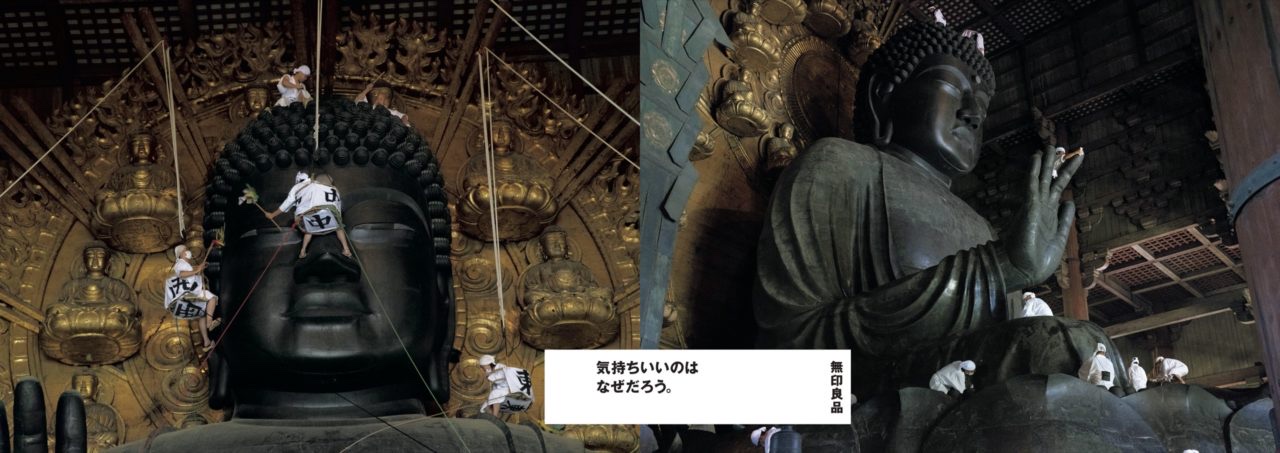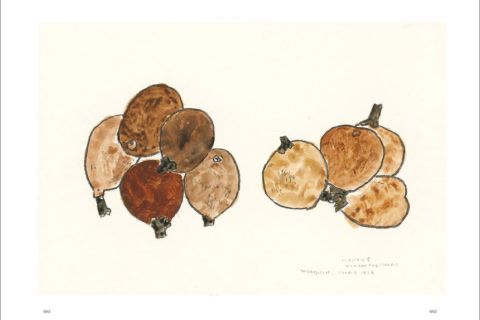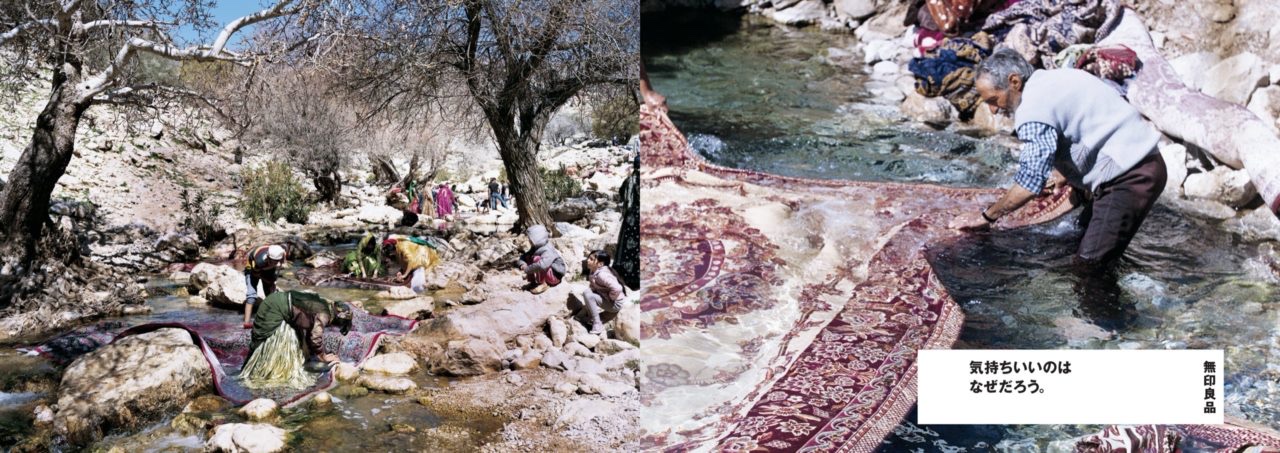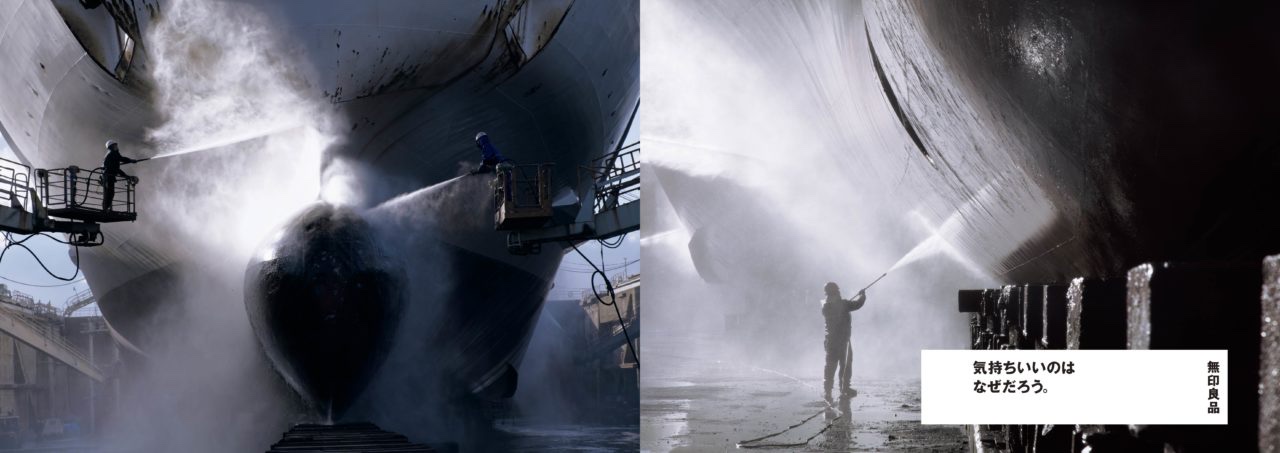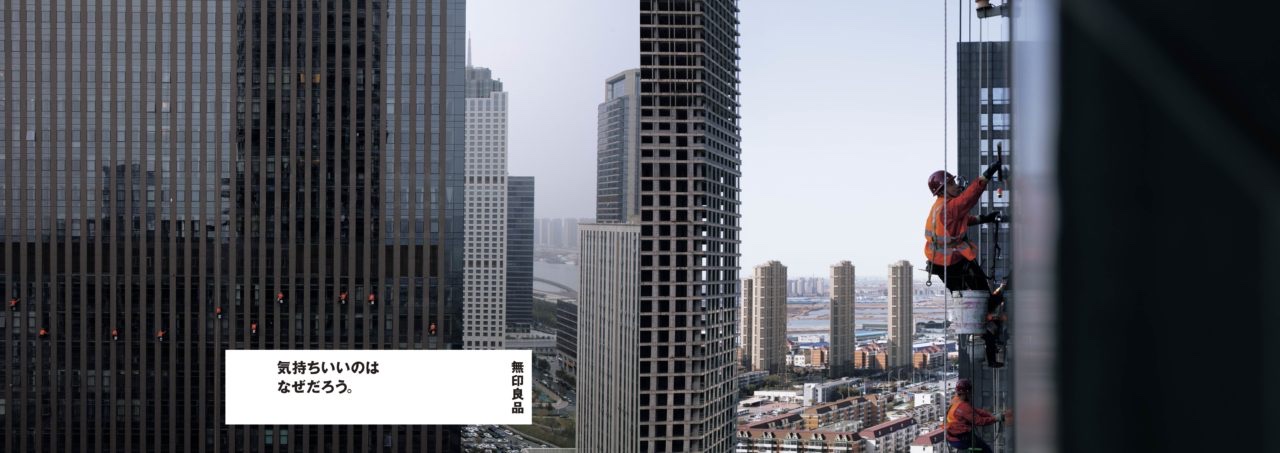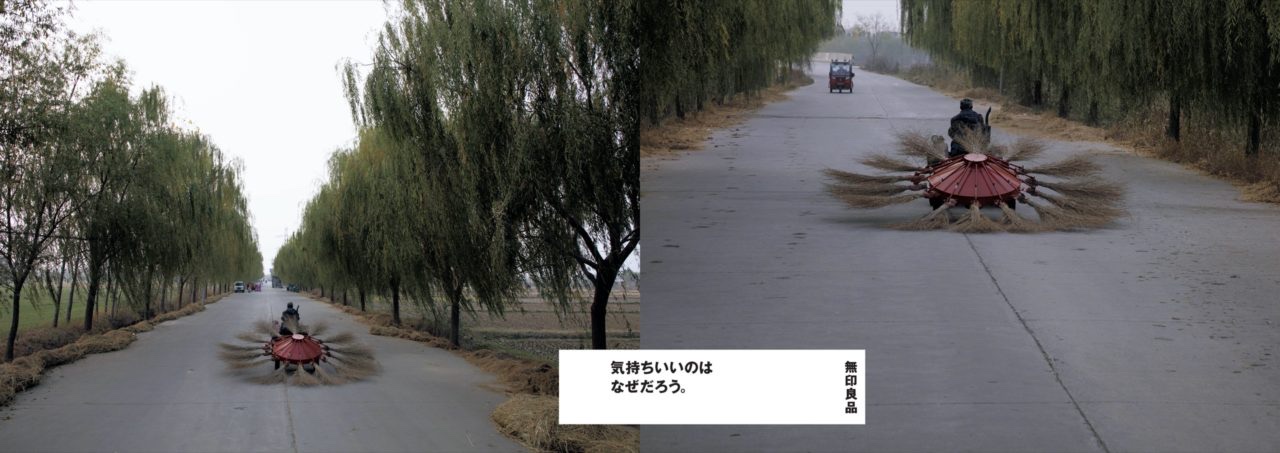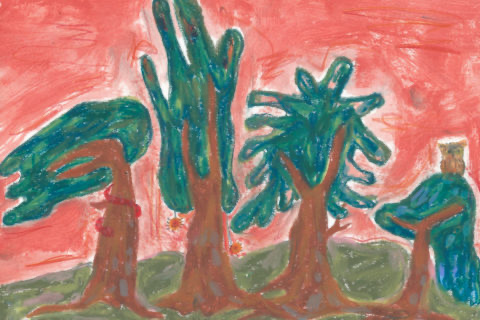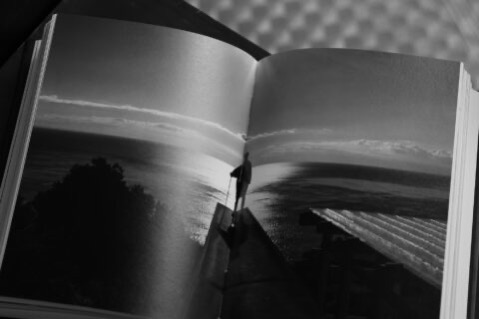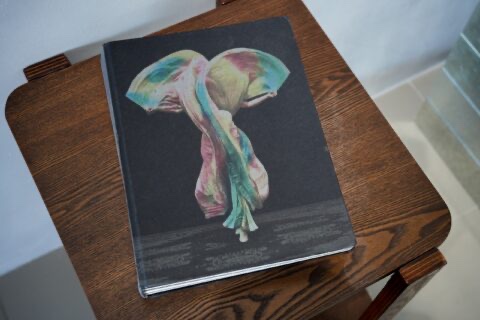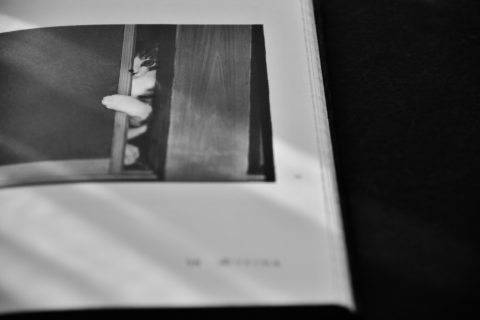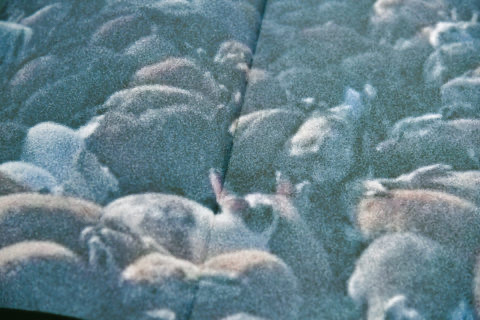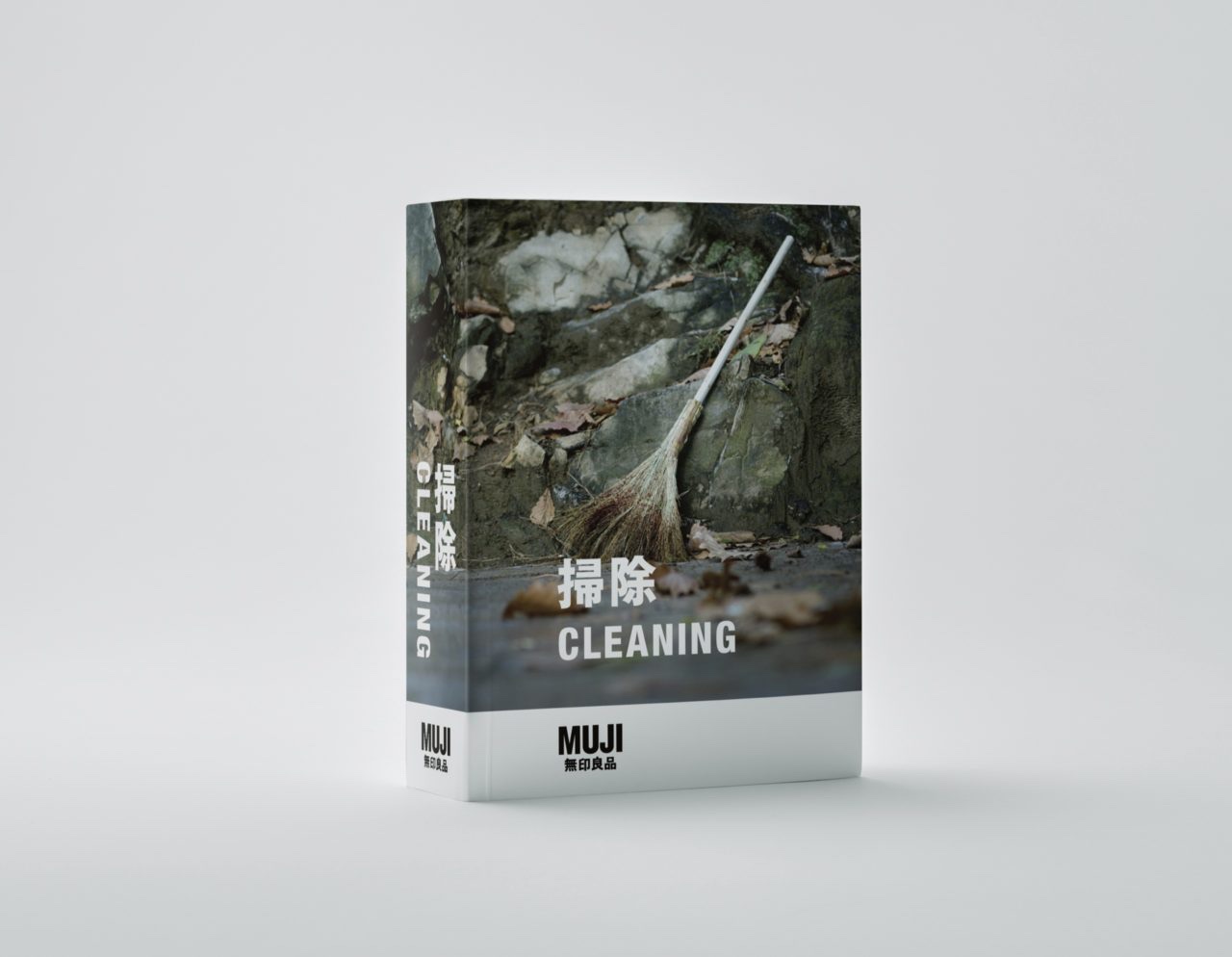
關於對「掃除」的想法,於今年有了另一番的體會。因為看不見的流行病毒,讓人經常思考到底怎樣才算是真正的潔淨呢?需要多少次清掃、使用多少清潔液才能達到真正的潔淨?有時候,內心的恐懼讓人無論走到哪裡,心裡都會湧出莫名的焦慮,而清掃的過程安撫了不能看見、也無法確認的不安感,猶如把充滿皺褶的衣服逐寸逐寸地熨平,把不安都清掃出我們的心房。
he year 2020 has completely redefined our experience of ‘cleaning’. Facing down an invisible virus, one wonders: how clean is ‘clean’? How much cleaning and liquid does it require to achieve total sanitation? Ubiquitous and yet, inexplicable, fear spirals into anxiety, comforted only by the process of cleaning – as though the act of ironing out the wrinkles in our shirts would, in parallel, rid our minds of insecurity.
一向以「不作多餘裝飾、呈現物件的本質」為設計理念的無印良品,剛推出了一本名為《掃除》的攝影書,正好是探討今年我們最重視的東西,書中分享了於去年走訪世界各地所拍攝的清潔場景,當中介紹了全世界16種擦拭、刷洗及清洗等清潔活動。在看似平凡的日常清潔活動中,隱藏著各種民族文化的獨特個性,連繫著傳統智慧與文明科技,也體現人類最原始的需要——清掃生活。
書中記錄了伊朗人民於新年前聚集在村落附近的溪流,一起清洗地氈的熱鬧景況,各人都為迎接新年作準備,而伊朗地氈不但代表著伊朗的歷史、工藝,更是一家人相聚,一起聊天、吃東西的地方,因此清洗地氈對他們來說別具意義。另外,書中亦記錄了中國天津的工人於高空清潔大廈外牆、日本因島的工人為大型船隻噴灑清潔,以保持船隻推進力的情景,以及日本奈良東大寺的大佛擦身儀式,過百僧侶換上白色裝束,用拭巾清潔佛像、去除塵埃污垢的情景。看著照片,內心竟浮現出一種療癒感,這些影像有的讓人溫暖、有的使人驚心動魄、有的帶點莊嚴的儀式感,不論是哪一種形式都能看到人們埋頭苦幹地清掃,是為了自己和別人有更舒適的體驗,並迎向更美好的生活。
At the heart of MUJI’s design philosophy is an emphasis on “the intrinsic appeal of an object – through rationalisation and meticulous elimination of excess.” Building on the brand’s tenet to elevate simple processes, MUJI has this year aptly launched a photobook titled “CLEANING”. In pre-coronavirus 2019, MUJI went around the globe photographing scenes of people cleaning. The book features 16 categories of cleaning activities worldwide, including wiping, scrubbing and removal, amongst others. Therein lies the very essence of national culture, traditional wisdom, and technology as people embrace a rhythm of life that perpetually resonates in the depth of the body: cleaning.
Iranians prepare their homes for Nowrouz, Perisan New Year, with a meticulous cleansing of rugs. Reflecting the history and craftsmanship of Iran, Persian rugs are an essential part of Persian family culture. High rise window cleaning in Tianjin, China; spray cleaning of ships in Innoshima Island, Japan; the cleansing of the Great Buddha Statue in Tōdai-ji Temple in Nara, Japan – these are but some of the rituals documented in “CLEANING”, the effect of which is rather one of meditative catharsis. Warm though at the same time alarming and stately, these images privilege the repetitive labour of cleaning in pursuit of a better life, or rather a better experience of life.
從書中可見,真正的掃除並非把物品洗刷得閃亮或是把環境整理至一塵不染,例如我們在清掃花園時可以留下數片落葉,或是整理草木盆栽時不過度修剪,留一些空間給它自由地生長,這種與自然共存的平衡才是適度的清掃,而它帶來「剛好的舒適感」便是掃除的意義。
As the book seems to suggest, cleaning, ultimately, is not about spotless housekeeping. Clean out the debris from the flowerbeds in your garden – but leave a golden leaf here and there. Lightly prune the shrubs and let them grow in fine fettle. The meaning of cleaning, as such, tends toward the poetic, as balance evokes a kind of “moderate comfort”.
